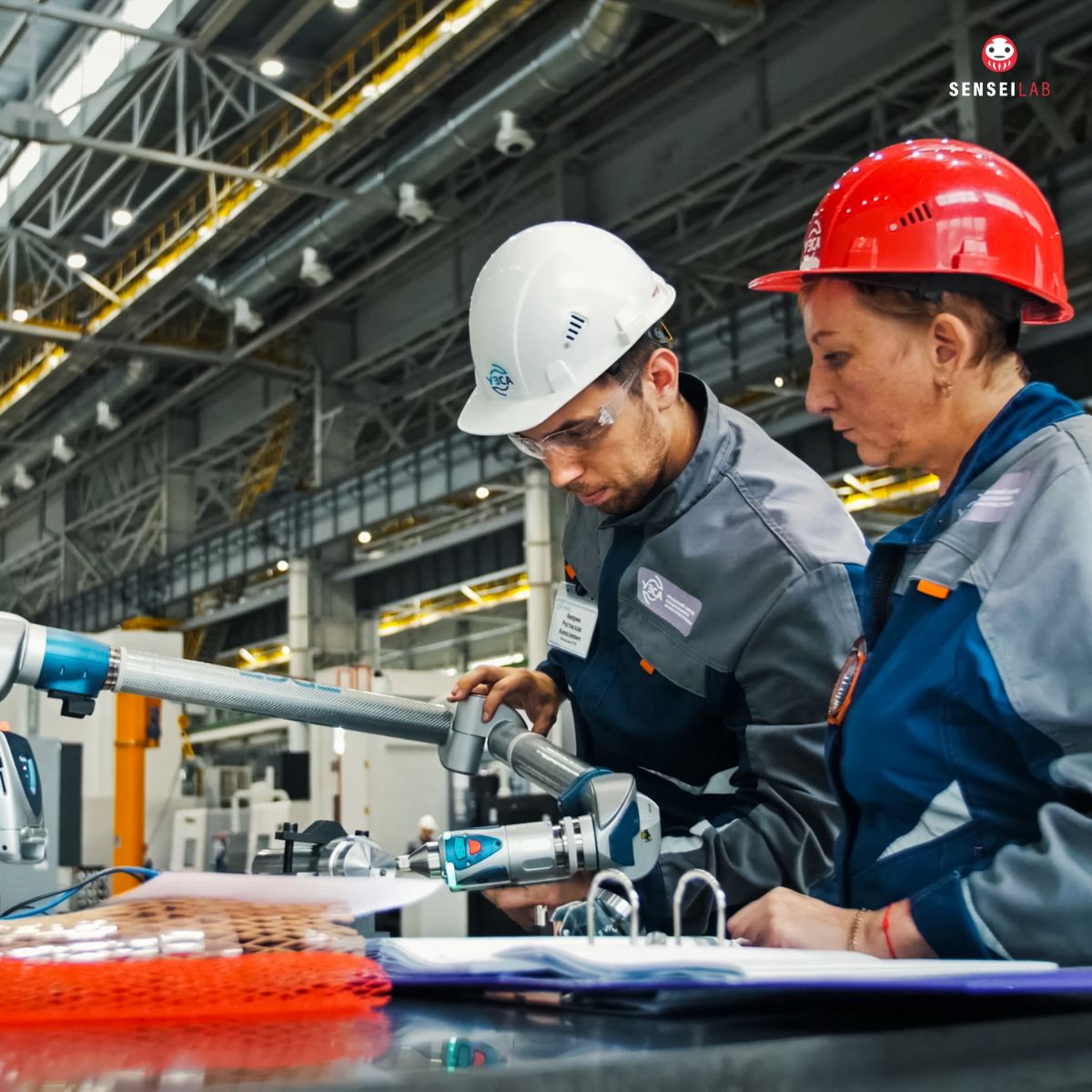Desperate for change, the company owner decided to implement Lean Manufacturing. With guidance from a Lean consultant, they began with a simple, yet transformative principle: eliminate waste.
Step 1: Mapping the Value Stream
A cross-functional team of operators, supervisors, and managers spent a week identifying bottlenecks in production. They discovered that 40% of time was wasted on unnecessary material handling, while rework from quality issues consumed another 20%. This revelation was a turning point.
Step 2: 5S and Visual Management
The team introduced a 5S system, clearing cluttered workspaces, labeling tools, and establishing “everything in its place” zones. Visual dashboards were installed to track production flow in real-time, making issues visible to everyone. This change alone cut downtime by 30% in the first month.
Step 3: Kaizen Events for Rapid Improvement
Every Friday, a one-hour “Kaizen Blitz” was held. One week, the team redesigned the layout of the assembly line, reducing employee walking distances by 50%. Another week, they addressed setup times for their CNC machines, using SMED (Single-Minute Exchange of Dies) techniques to cut changeover time from 90 minutes to 25 minutes.
The Results
Within six months, the manufacturer saw a 25% increase in on-time delivery and a 20% reduction in production costs. Customer complaints dropped, and employee engagement soared as workers felt more ownership of their processes. But the most remarkable result was this: the company landed a major contract with a new client impressed by their Lean transformation.
Today, the company owner reflects on the journey:
“We didn’t just change processes — we changed mindsets. Lean taught us that small, daily improvements create lasting impact.”
This small manufacturer is now seen as a local leader in operational excellence, proving that even small companies can achieve big results with Lean Manufacturing.




